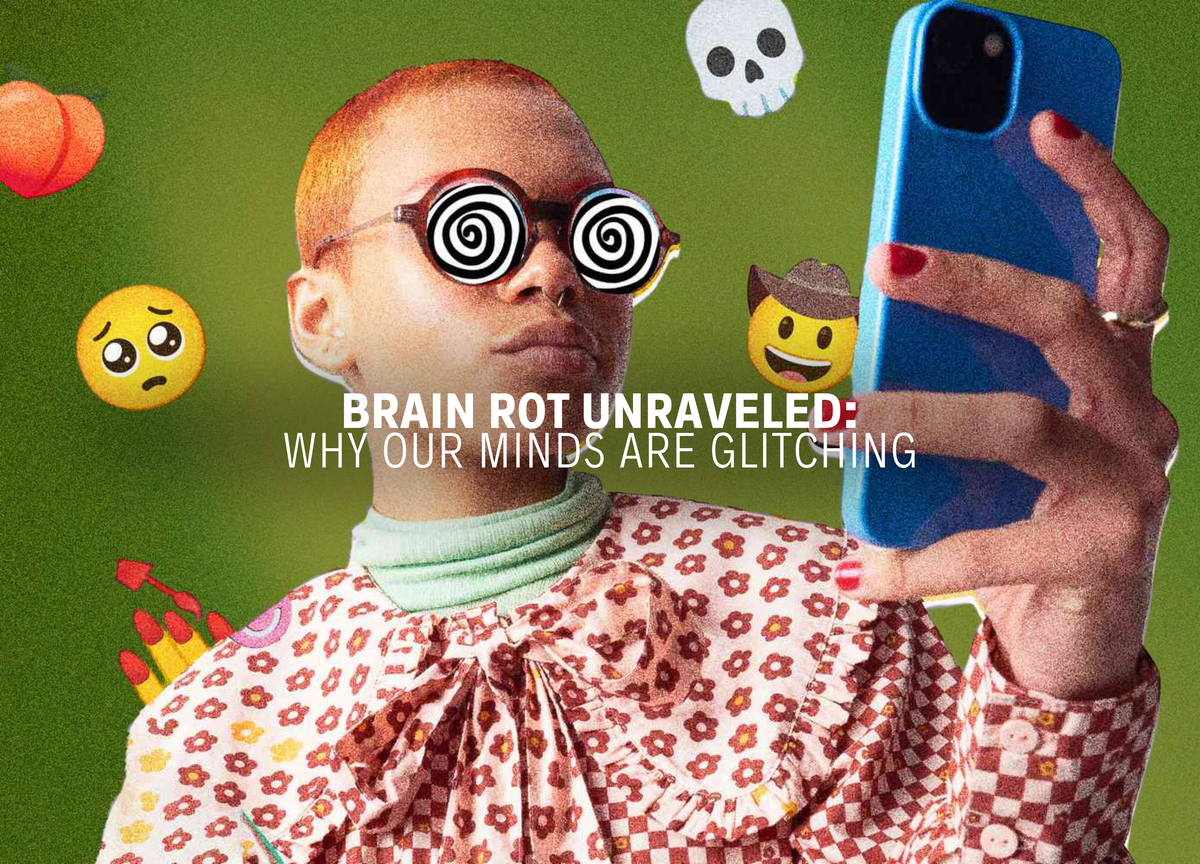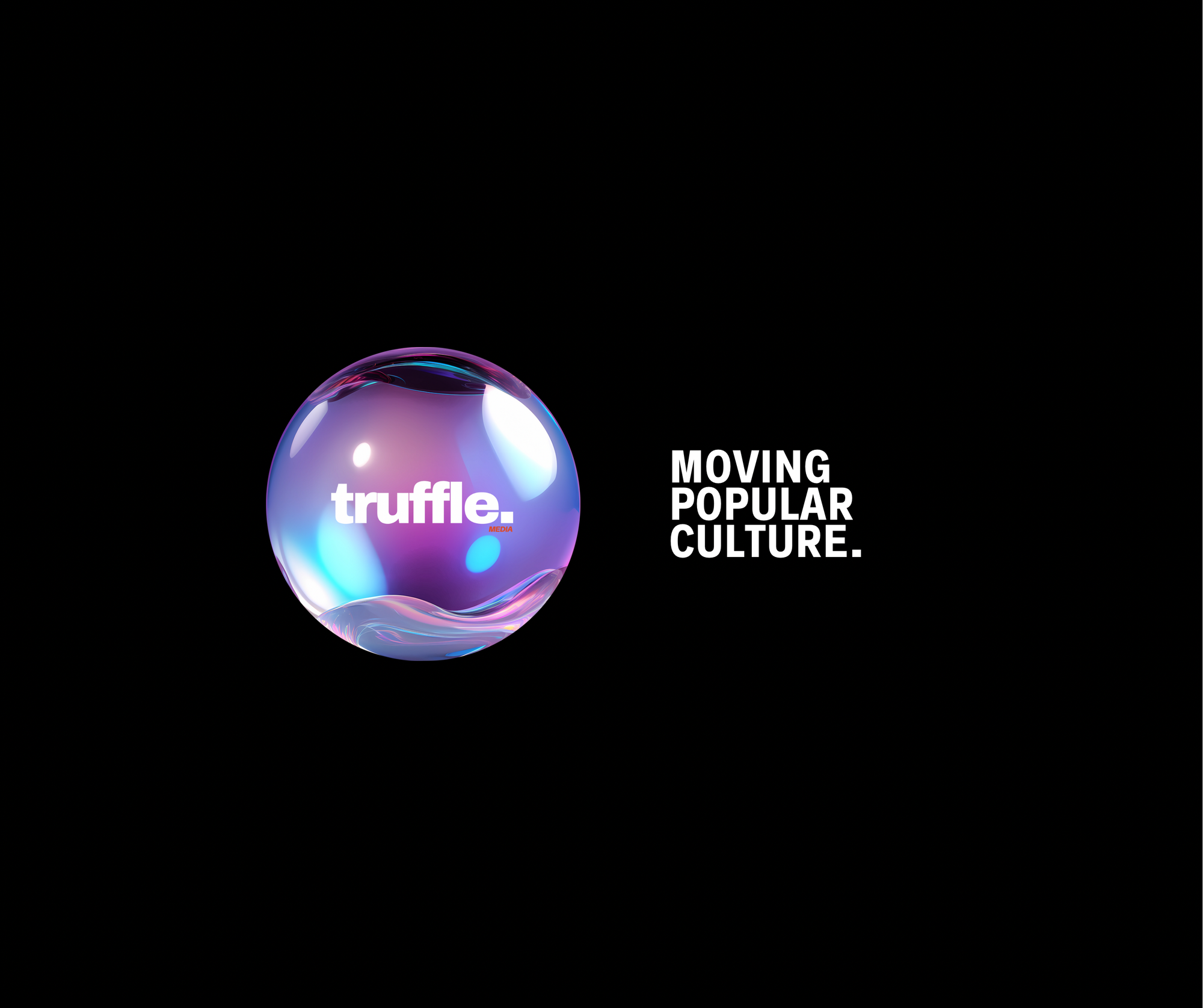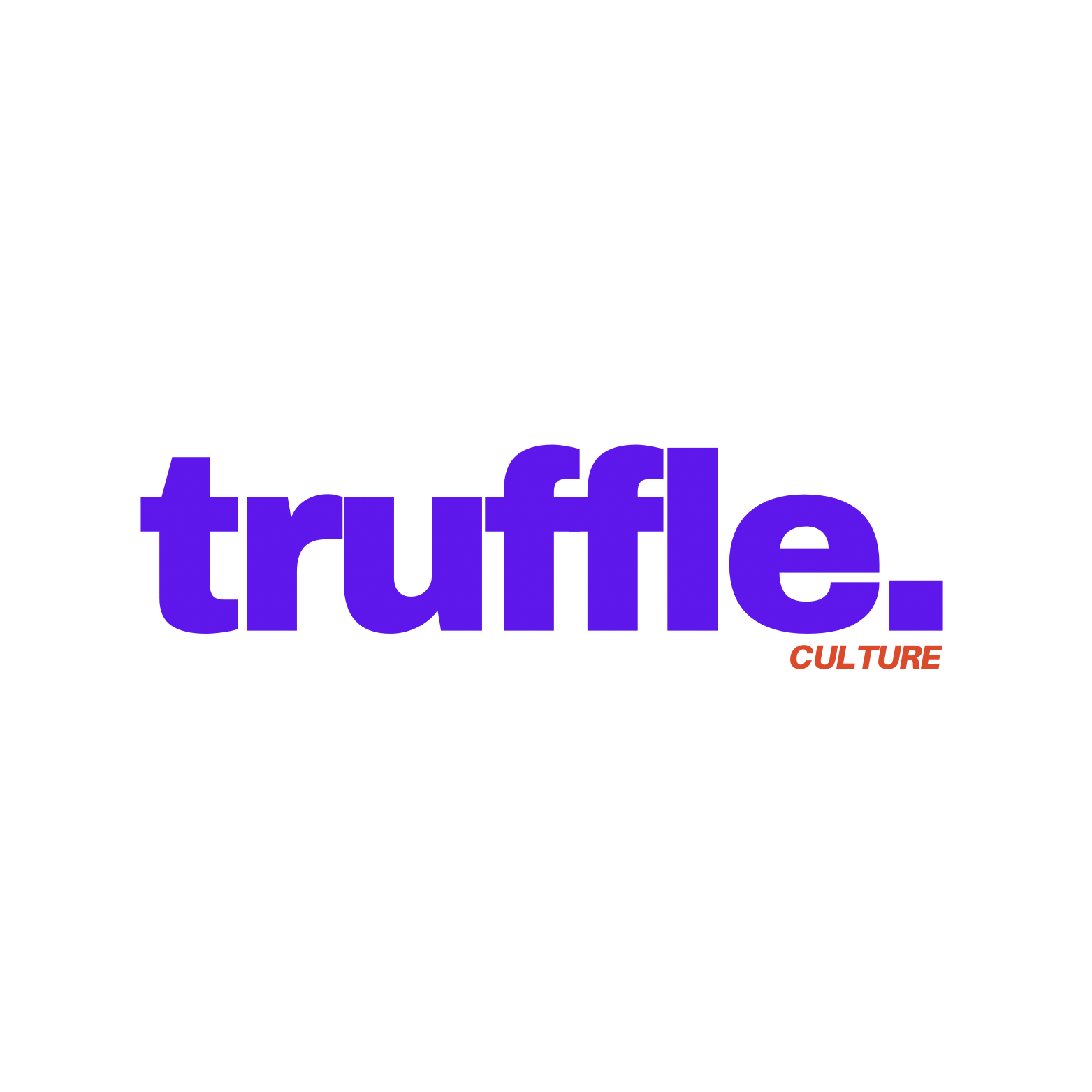Brain Rot Unraveled: Why Our Minds Are Glitching
Brain rot’s story starts at the intersection of tech and human nature. By 2020, Gen Z hijacked it on TikTok and X, transforming it into a badge of ironic self-awareness

The Context
Swipe through TikTok’s endless scroll, and your mind feels like it’s been run through a shredder: a dizzying blur of dance challenges, cryptic memes, and “skibidi toilet” fever dreams. This is “brain rot,” Gen Z’s tongue-in-cheek label for the mental haze of relentless digital consumption. Born on platforms like X, where users like @brainrotgenix moan “my focus is toast,” the term has ignited a cultural spark, with #brainrot amassing 2.8 billion TikTok views, per The Atlantic. Scientists are tuning in, probing how our app-fueled dopamine loops reshape cognition. Yet, the phrase’s sharp irony—Gen Z roasting their own screen obsession—points to a deeper reckoning.
At Truffle Culture, we see brain rot as more than a viral quip; it’s a cultural pulse, a snapshot of minds stretched thin by infinite feeds. Is it a genuine neurological threat or a clever satire of our wired world? To unravel this, we must trace its roots and dissect the science behind our splintered attention. What does brain rot reveal about our brains and the digital culture wiring them?
The Roots of Brain Rot’s Digital Descent
Brain rot’s story starts at the intersection of tech and human nature. The term first flickered in 2000s internet forums, per Merriam-Webster, describing the dullness from binging TV or early Flash games. By 2020, Gen Z hijacked it on TikTok and X, transforming it into a badge of ironic self-awareness: “brain rot” now captures the spiral of devouring low-stakes content, from meme montages to “Ohio Rizzler” skits. A 2024 Pew Research study found 71% of 18- to 29-year-olds log over four hours daily online, their attention diced by apps engineered to hook. Algorithms, as psychologist Gloria Mark writes in Attention Span, serve “dopamine hits” that glue us to screens, slashing average attention spans from 2.5 minutes in 2003 to 47 seconds in 2023.
This isn’t the first time society’s fretted over focus. The 19th century demonized novels as mind-rotting; the 1950s pointed fingers at TV. But today’s digital torrent is distinct: smartphones, per a 2024 Common Sense Media report, are checked 100 times daily by teens, each notification yanking focus. Brain rot’s cultural traction stems from Gen Z’s duality: they’re immersed in digital chaos yet sharp enough to critique it. X posts like @doomscroller420’s “brain rot is my cardio” nail this, poking fun at addiction while leaning into it. It’s a cultural dance of surrender and defiance, where overload becomes identity.
The science behind brain rot isn’t mythical. Neuroscientist Charan Ranganath told The Atlantic that heavy social media use can swamp working memory, muddling focus and emotional balance. A 2024 study in the Journal of Behavioral Addictions links compulsive scrolling to heightened anxiety and weaker cognitive control, especially in teens. Still, “brain rot” isn’t a clinical term—it’s a cultural shorthand for real effects, embraced by a generation that laughs at its own overstimulation. The question is whether this laughter signals resistance or resignation.
The Critique: Neural Crisis or Ironic Art?
Brain rot’s resonance lies in its double edge: a scientific red flag and a cultural jab. The science is stark. A 2024 American Psychological Association study shows excessive screen time can disrupt adolescent prefrontal cortex growth, hampering impulse control. Mark’s research highlights “attentional switching costs,” where constant app-hopping erodes deep focus. For Gen Z, weaned on push notifications and infinite tabs, this feels like a mental surcharge, with X users like @memeoverlord quipping “my brain’s 90% TikTok jingles.” The risks are real: a 2023 Lancet study tied digital overload to rising anxiety, with 1 in 4 young adults reporting mental health strains.
Yet, brain rot’s cultural weight comes from its wit. Gen Z doesn’t just bemoan their frayed focus; they weaponize it, spinning “brain rot” into surreal skits and existential memes. Cultural theorist Byung-Chul Han might frame this as “hyperculturality,” where digital saturation births new creative forms. TikTok’s #brainrot videos, blending absurdity and satire, prove it: users aren’t just victims but architects, using humor to wrestle with chaos. X threads amplify this, with fans debating whether brain rot is “peak creativity” or “mental rot.” It’s a generation turning their cognitive clutter into a canvas, mocking the system that ensnares them.
@hollywoodiq Italian Brainrot Quiz 🇮🇹 #italianbrainrot #tralalerotralala🗣🔥 #chimpanzinibananini #ballerinacappuccina #lirililarila #tungtungtungsahur #bombardirocrocodilo #brainrot #trivia #popculture #hollywoodiq #nyc
♬ original sound - Hollywood IQ | Celeb Trivia
At Truffle Culture, we argue brain rot is both a peril and a protest. It’s a peril because unchecked digital overload threatens our capacity for focus, creativity, and connection. But it’s a protest because Gen Z’s sharp irony rejects passivity, forging art from distraction. The challenge is channeling this defiance into change—breaking free from algorithms without losing the creative spark. Digital detoxes, mindfulness practices, or even policy pushes like app time caps could help, but they must respect Gen Z’s chaotic ingenuity. Spaces like X’s meme communities or offline creative hubs offer a lifeline, anchoring us amid the digital storm.
The Conversation: Can We Reclaim Our Minds?
Brain rot is 2025’s digital heartbeat, a glitchy ode to our unraveling attention. Its memes and moans capture a generation that laughs through the fog, finding truth in absurdity. But it demands we confront hard questions: Can we rebuild focus without sacrificing our wired creativity? Will brain rot evolve into a new cultural language or harden into apathy?
The path forward lies in agency. Gen Z’s humor is a spark, but real rebellion means reshaping the systems—apps, algorithms, cultural habits—that thrive on our distraction. At Truffle Culture, we see brain rot as a wake-up call to rewire not just our minds but the world we swipe through. It’s an invitation to craft a culture that prizes clarity over chaos, presence over pings.
Join the Dialogue
Brain rot’s frenetic buzz is the sound of now—part neural warning, part biting satire. Is it a crisis to solve or a generation’s boldest art? At Truffle Culture, we’re gripped by its paradox and curious about its next chapter. What’s your brain rot moment, and how do you cut through the noise? Share in the comments, and let’s unpack what this phenomenon means for the culture we’re shaping together.





